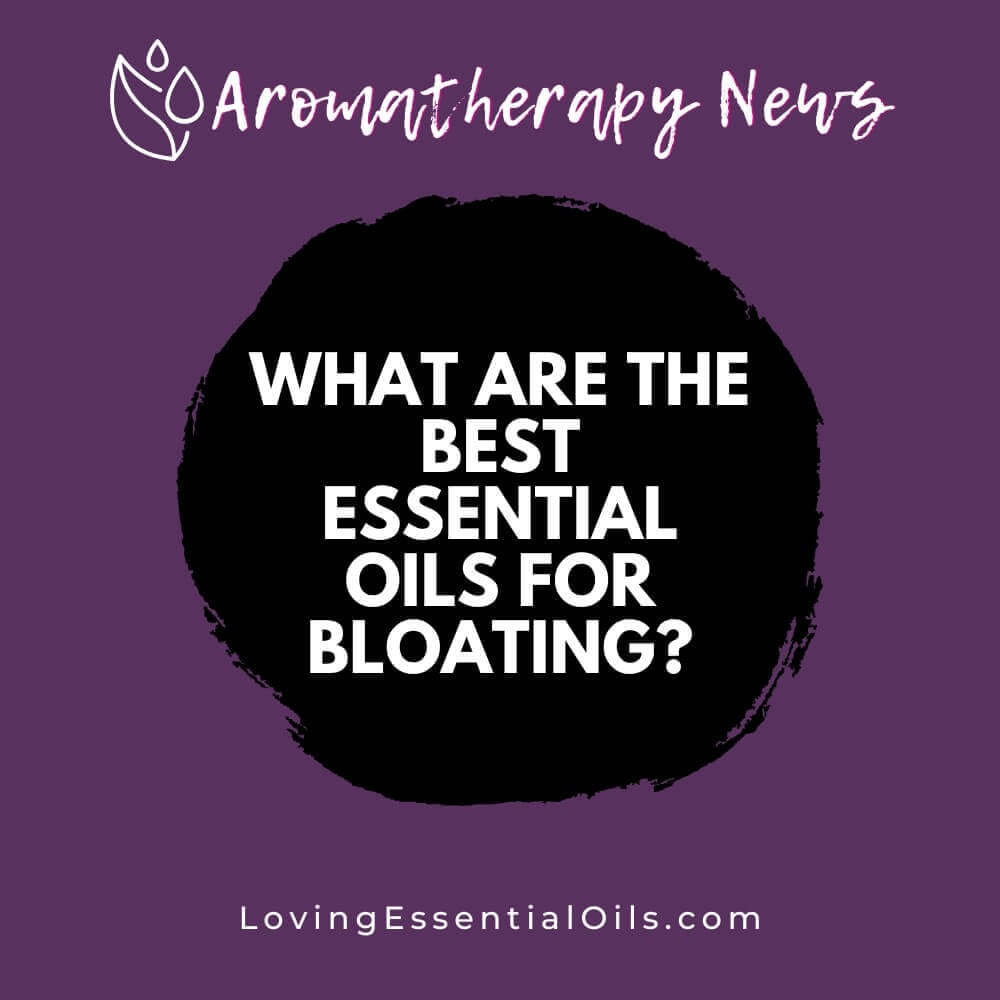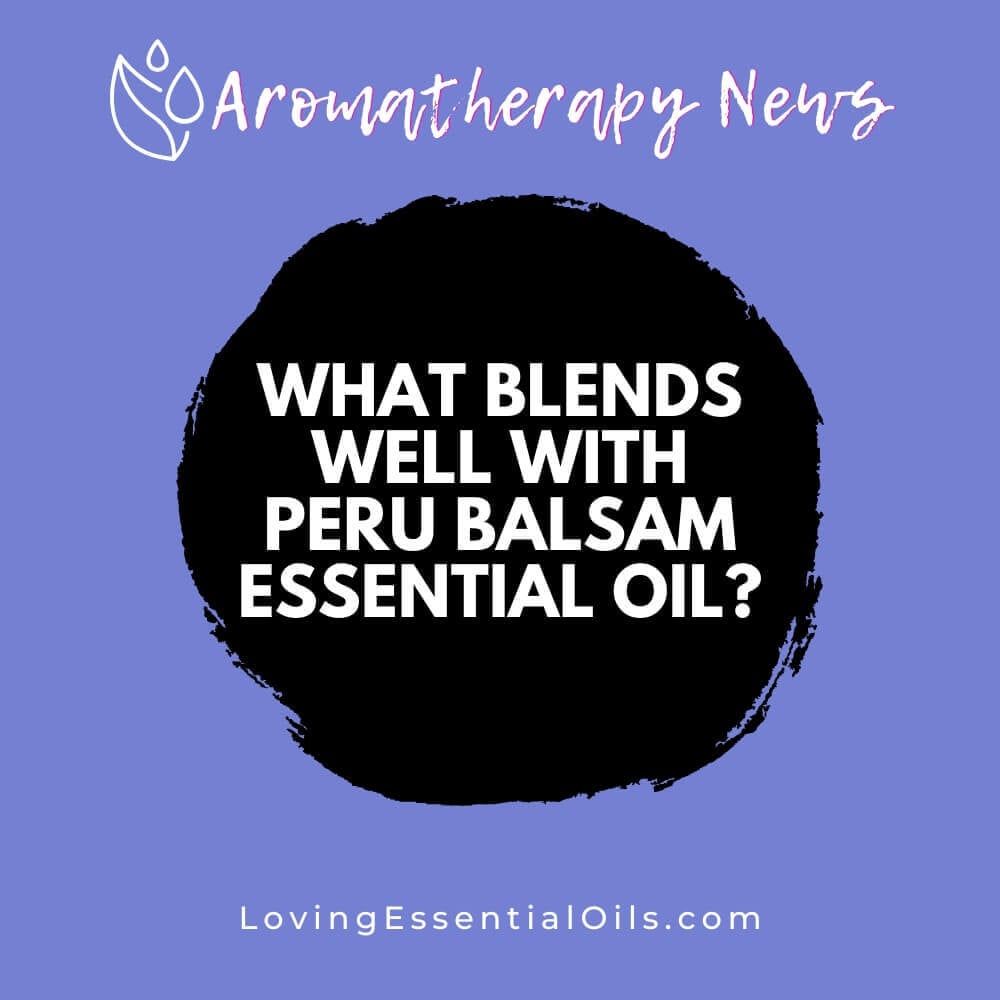Tea tree and peppermint oil are a powerhouse duo of anti-bacterial, anti-fungal, and anti-inflammatory superstars. From helping to tackle congestion to soothing skin issues, this dynamic pair packs a powerful punch.
In this aromatherapy guide, we'll explore the amazing blend of tea tree and peppermint oil, and the myriad ways to incorporate them into your daily routine. So, pour yourself a cup of your favorite tea and let’s get started!
What are Tea Tree and Peppermint Oil?
Tea tree oil and peppermint oil are two herbal oils with powerful properties. Tea tree oil comes from the Australian tea tree, Melaleuca alternifolia, and has been used as a natural therapeutic remedy for many years, while peppermint oil is derived from the peppermint plant and is known for its distinct minty smell.
- Both compounds possess anti-bacterial, antiviral, antifungal, antiseptic and antixiodant properties.
- Tea tree oil has been studied for its use against acne, athlete’s foot, lice and even dandruff.
- Peppermint oil has been employed for relief from headaches, as well as reducing inflammation in the digestive system associated with irritable bowel syndrome.
Can I Mix Tea Tree and Peppermint Oil?
Yes, you can! If you are looking for natural solutions to boost your body and skin health, tea tree and peppermint oil can be mixed together and provide relief. These two oils are renowned for their powerful properties.
These herbal oils offer an impressive array of potential advantages for both our bodies and our skin. There are some who believe tea tree and peppermint oil are effective remedies for healing skin conditions such as itchy rashes, dandruff, burns, and acne.
Tea Tree Peppermint Essential Oil Safety Precautions
With no reported serious side effects apart from mild skin irritation when applied directly to the skin, these herbal oils can be beneficial to many people with minimal risk. Furthermore their affordability makes them an accessible option for those seeking alternative remedies or treatments.
Despite their diverse range of uses and positive effects on health, some caution should be exercised before using them due to their potency and potential to cause irritation to sensitive skin.
Some studies reported mild side effects associated with topical use of tea tree oil, such as stinging, skin rashes, or contact dermatitis. It is advisable to consult your doctor prior to using any herbal essential oils as a remedy or alternative treatment.
Thus it is wise to ensure that you have researched potential interactions between these oils and other treatments or medications you may be taking before administering them yourself.
Herbal Oils with Powerful Properties
Herbal oils are powerful in numerous ways and can provide us with a wide array of benefits. Tea Tree and Peppermint oil, in particular, have antifungal, anti-viral, and anti-inflammatory properties that make these essential oils very useful for overall health.
Tea Tree and Peppermint oil have excellent antimicrobial qualities that make them effective against bacteria, fungi, and viruses. They also contain a variety of antioxidants which can help protect our bodies from free radical damage.
Tea Tree and Peppermint oil both possess anti-inflammatory properties which can help reduce swelling and redness associated with skin irritation. Additionally, they are particularly beneficial to the skin in terms of helping keep it healthy and blemish-free.
Tea Tree and Peppermint Oil Benefits for the Body and Skin
Fight Bacteria and Fungal Infections
Tea tree and peppermint oil offer many benefits when it comes to fighting against bacterial and fungal infections. Specifically, tea tree oil has shown great potential in destroying bacteria and fungus in multiple studies done worldwide.
When combined with peppermint oil, tea tree oil becomes even more effective for battling bacteria and fungi infections. Diffusing tea tree oil with peppermint can be used as a natural deodorizer and germ fighter.
Heal Acne and Minor Cuts and Injuries
Tea tree oil and peppermint essential oil are known for their natural healing properties, especially when it comes to skin-related issues, such as acne and minor cuts or injuries.
In addition to fighting bacteria and fungal infections, essential oils like tea tree oil and peppermint oil also serve as an effective healing agent for acne breakouts and minor cuts or injuries.
When it comes to helping such skin conditions, these natural oils are worth exploring due to their ability to soothe skin irritation. Tea tree and peppermint are generally safe to use topically but they first must be diluted with carrier oils first. The carrier oils make for safe topical application and can moisturize the skin.
Relieve Muscle Pain and Insect Stings
Tea Tree and Peppermint oils can also help soothe muscle pain and insect stings, providing relief to uncomfortable or aching muscles. For those who have experienced any discomfort or pain, this oil is one of the best natural remedies available.
Peppermint oil helps stimulates feelings of alertness, while also providing cooling and soothing sensations to sore muscles. Tea Tree oil can also help soothe your stiff or painful muscles.
There are several ways to use Tea Tree and Peppermint oil in order to receive their muscle-soothing benefits. You can use it as an additive along with other healing carrier oils like almond oil or hazelnut oil.
Tea Tree and Peppermint Oils act as a natural remedy for muscle pain and insect stings; however, it is important to remember that these oils are very powerful substances and should be diluted and used in moderation.
Now that we have explored some of the amazing benefits that come with using this powerhouse duo of essential oils, let's turn our attention next to how users can safely integrate them into their lives.
How to Use Tea Tree and Peppermint Oil
The use of tea tree and peppermint oil is varied, from aromatherapy to topical treatments. The two essential oils can be used in the form of creams, gels, lotions, and carrier oils on their own for a variety of topical applications.
For example, you can mix 1 drops of tea tree oil and 2 drops of peppermint oil along with one teaspoon of carrier oil such as coconut oil or jojoba oil, then apply the mixture directly onto affected areas and massage it gently into the skin.
Inhalation and Steaming
For some people, inhalation is a method of choice to get relief from fatigue and respiratory ailments. To do this, you need an aromatherapy diffuser or steam inhaler.
For an essential oil steaming, add about 1 drop each of tea tree and peppermint essential oils to hot water, then inhale the vapors for 15 minutes or until your symptoms have improved. Keep eyes closed to avoid the vapors from irritating them.
Massage or Body Oils
Both tea tree peppermint essential oils can be added to massage oil, body cream or lotion, shampoo, conditioner and body wash to treat a variety of skin problems like dandruff and acne.
Frequently Asked Questions Answered
Are there any potential side effects associated with the use of tea tree and peppermint oil?
Yes, there are potential side effects associated with the use of tea tree and peppermint oil. In some cases, people may experience skin irritation or contact dermatitis when these oils are applied directly to the skin.
Additionally, ingesting these oils may cause nausea, vomiting, diarrhea, and/or dizziness. It is important to always practice caution when using essential oils and to speak with a healthcare provider before using them for therapeutic purposes.
What are some of the most common ways to use tea tree and peppermint oil?
Tea tree and peppermint oil have a variety of uses that range from medicinal to cosmetic. One of the most common uses for tea tree and peppermint oil is in a diffuser.
Tea tree oil contains powerful antibacterial, antifungal, antiviral and antiseptic properties which make it ideal for treating skin infections, cuts, scrapes and acne. In addition, it can help fight off bacterial and fungal infections in the respiratory tract or digestive tract.
Peppermint oil is also widely used for its therapeutic benefits. It has been shown to have anesthetic, anti-inflammatory and antioxidant effects which make it effective at relieving symptoms of headaches, nausea and digestive issues. Additionally, it is commonly used topically to help relieve muscle tension, soreness and to reduce itchiness caused by eczema or dermatitis.
Aside from its medicinal uses, both tea tree and peppermint oils can also be used in skincare products or incorporated into home cleaning solutions due to their natural antibacterial properties.
Adding either oil to your regular shampoo or makeup products can also help soothe skin irritation or invigorate the senses with their pleasant aroma.
What are the specific health benefits of tea tree and peppermint oil?
Tea tree and peppermint oil both have a wide range of health benefits. Tea tree oil can be used to help treat muscle fatigue, athlete’s foot, acne, dandruff, and many other skin conditions. It is an excellent antiseptic and antimicrobial agent, making it an ideal treatment for cuts or infections.
Peppermint oil has been found to help reduce nausea, headaches and digestive problems. It can also be used as a decongestant to help clear out sinuses and provide relief from cold and flu symptoms.
Additionally, peppermint oil has anti-inflammatory properties that can be beneficial for a variety of conditions such as arthritis and TMJ pain.







